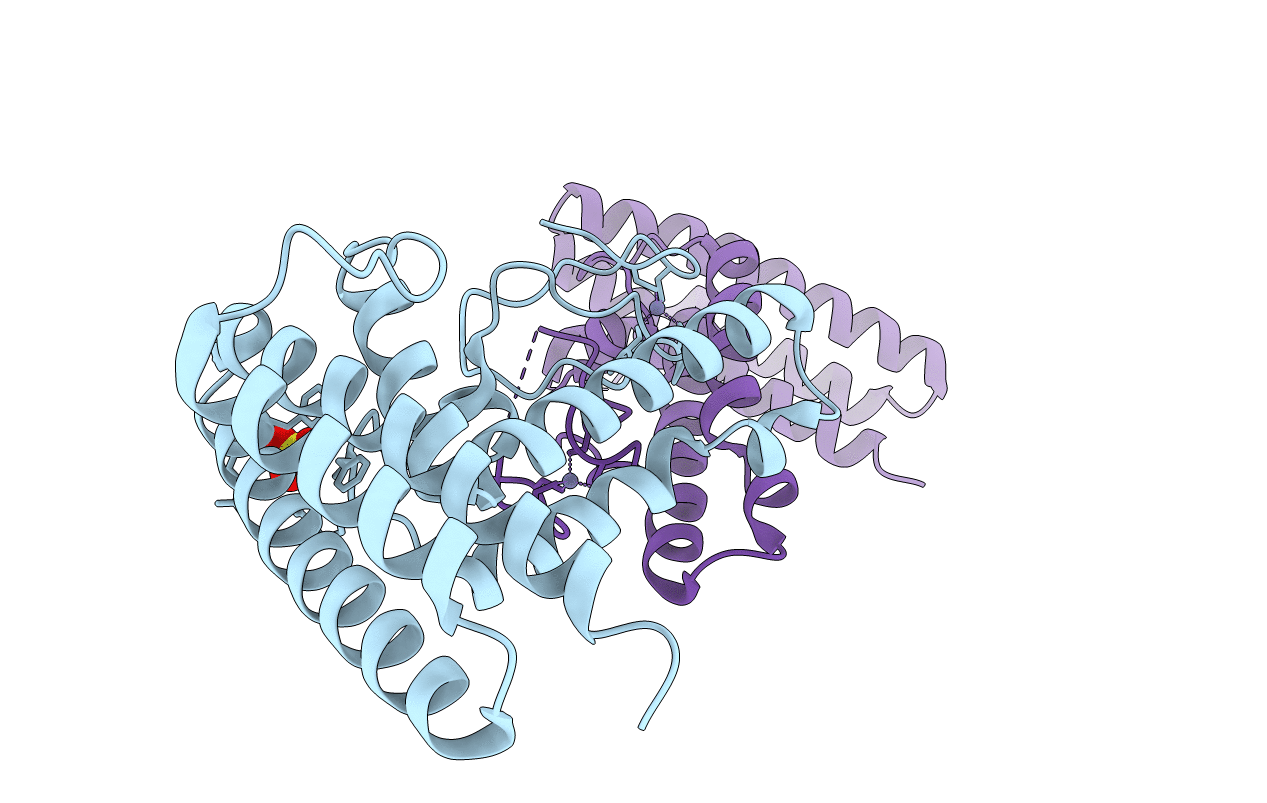
Deposition Date
2008-01-07
Release Date
2008-01-15
Last Version Date
2024-11-20
Method Details:
Experimental Method:
Resolution:
3.00 Å
R-Value Free:
0.28
R-Value Work:
0.23
R-Value Observed:
0.24
Space Group:
P 1 21 1


